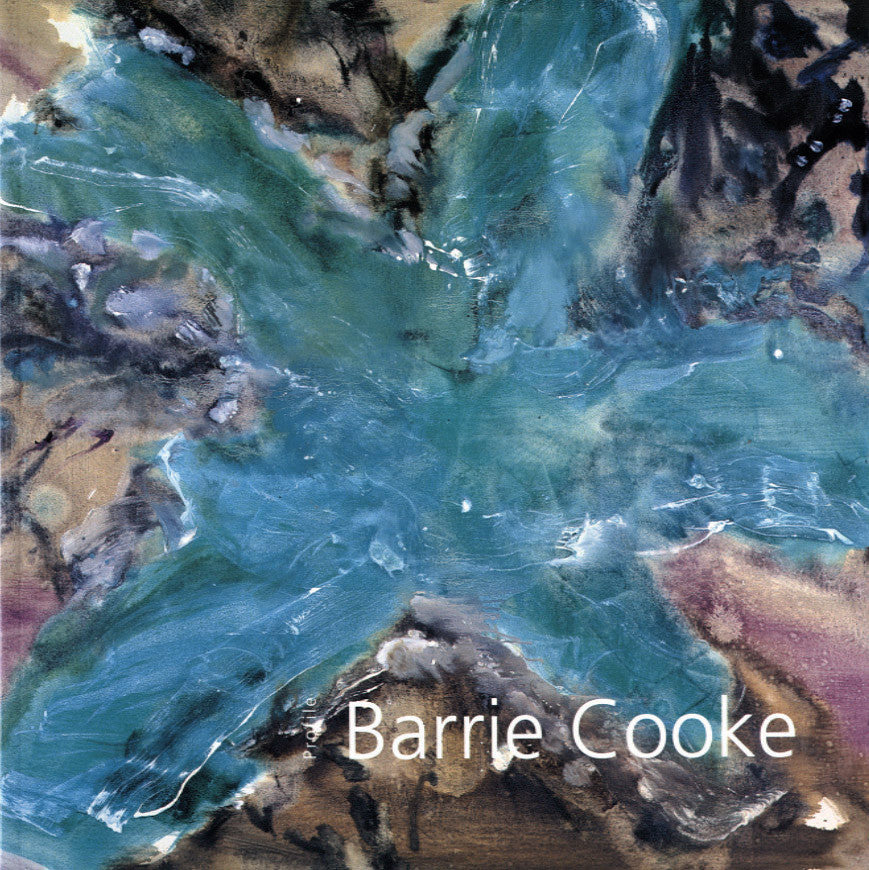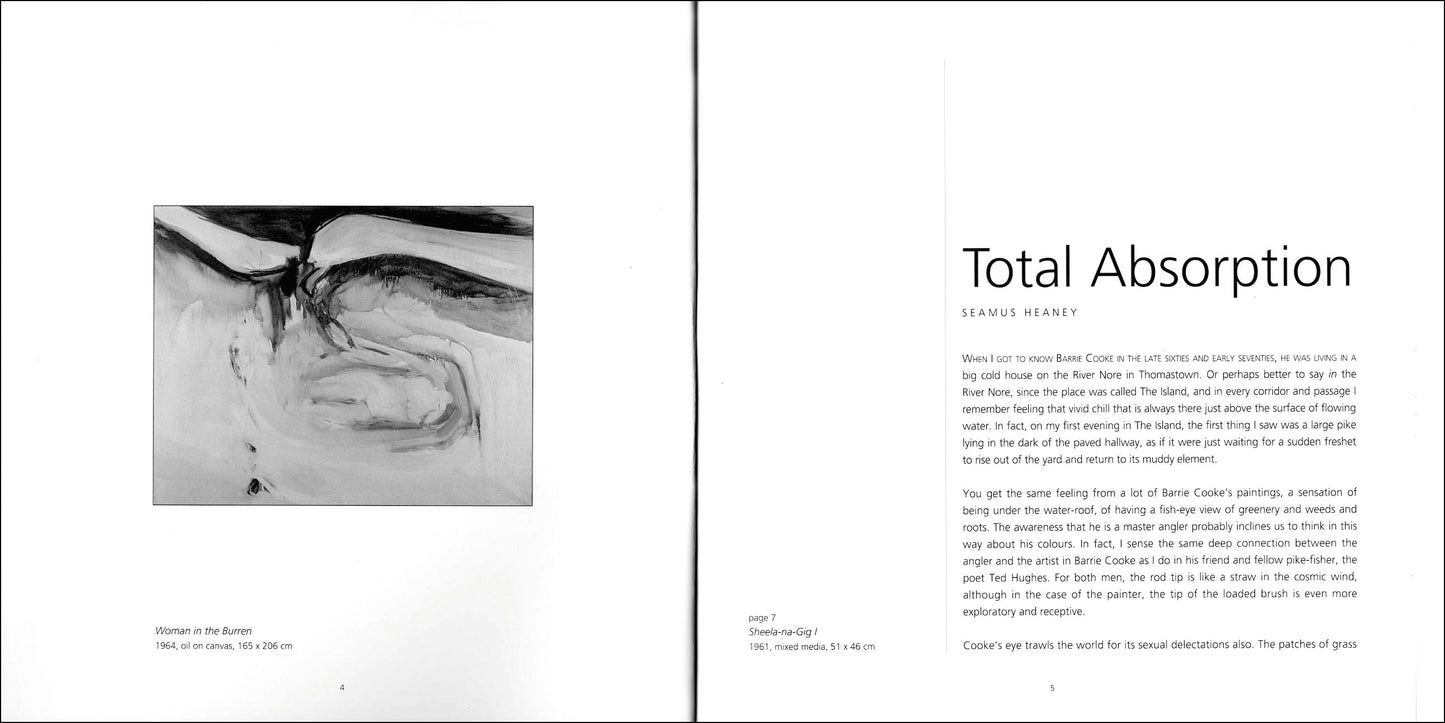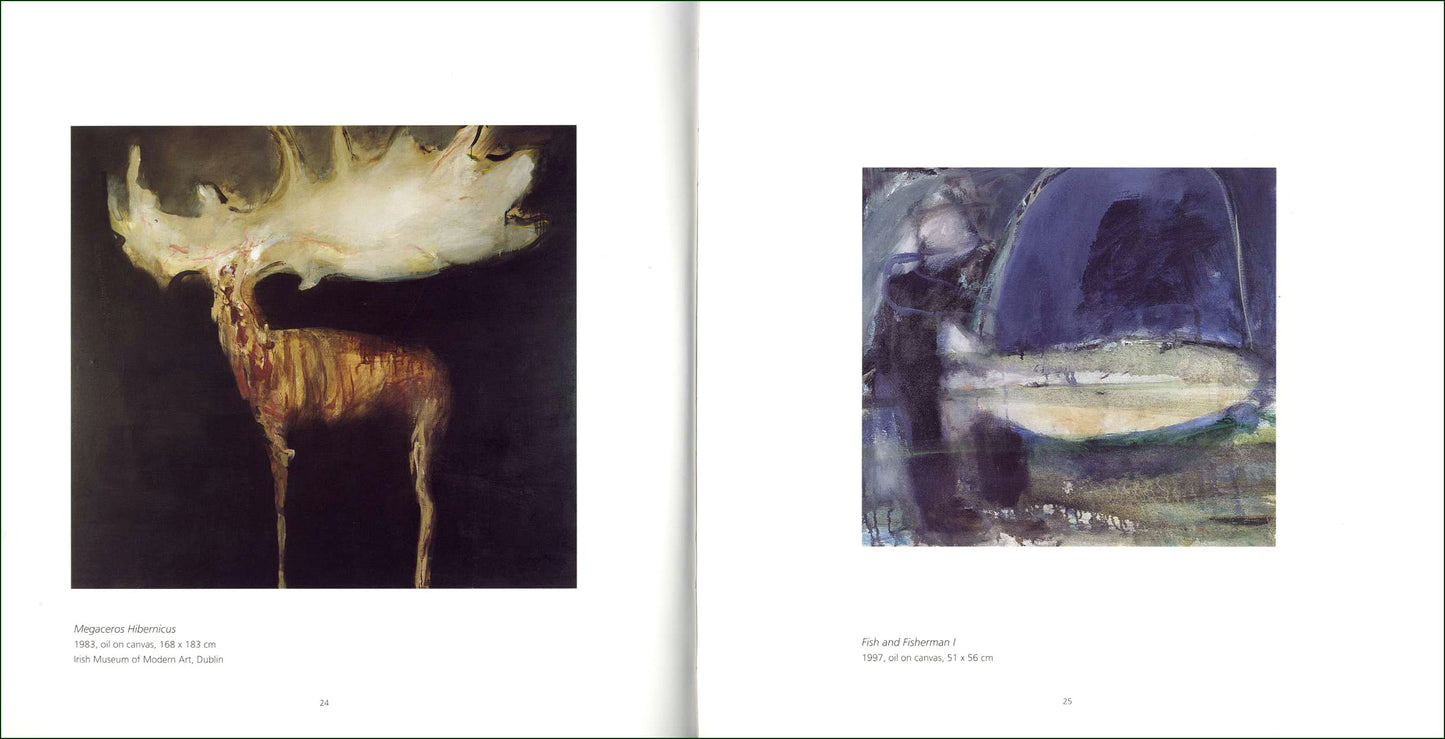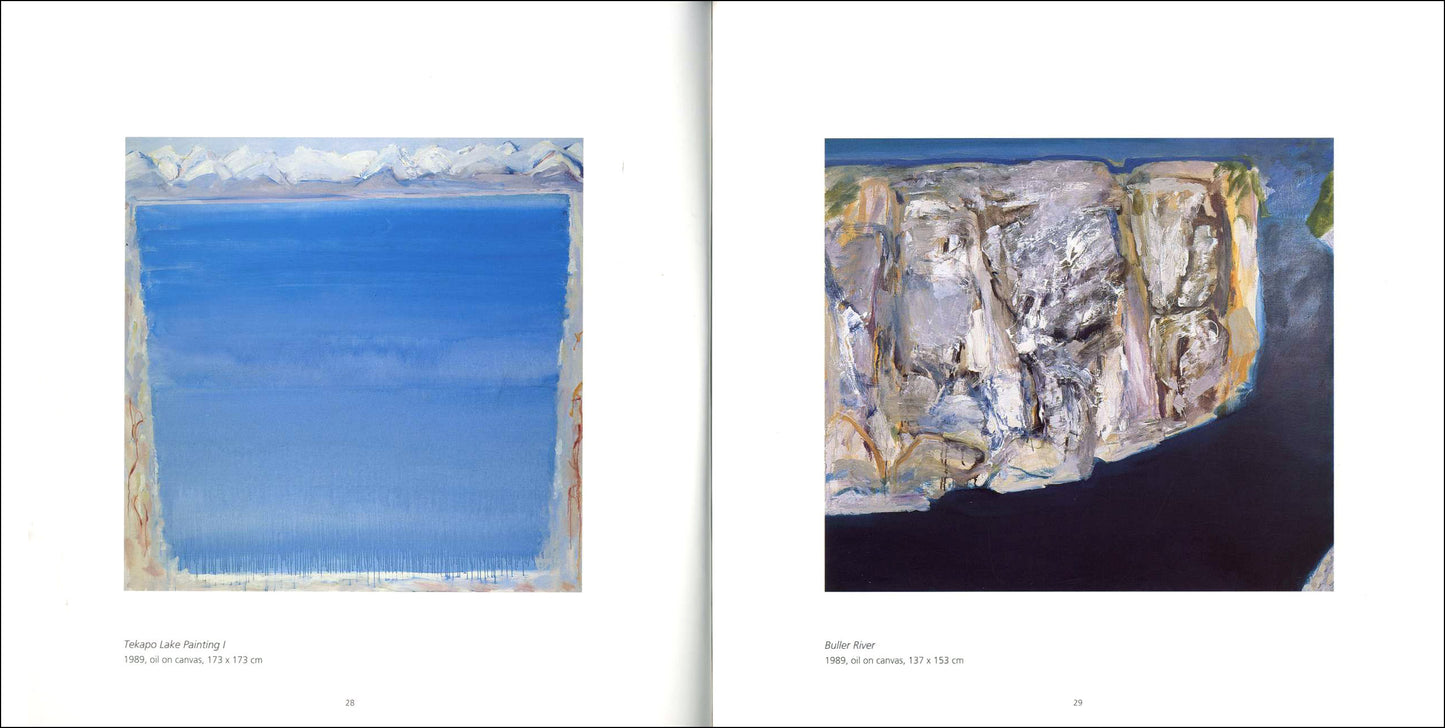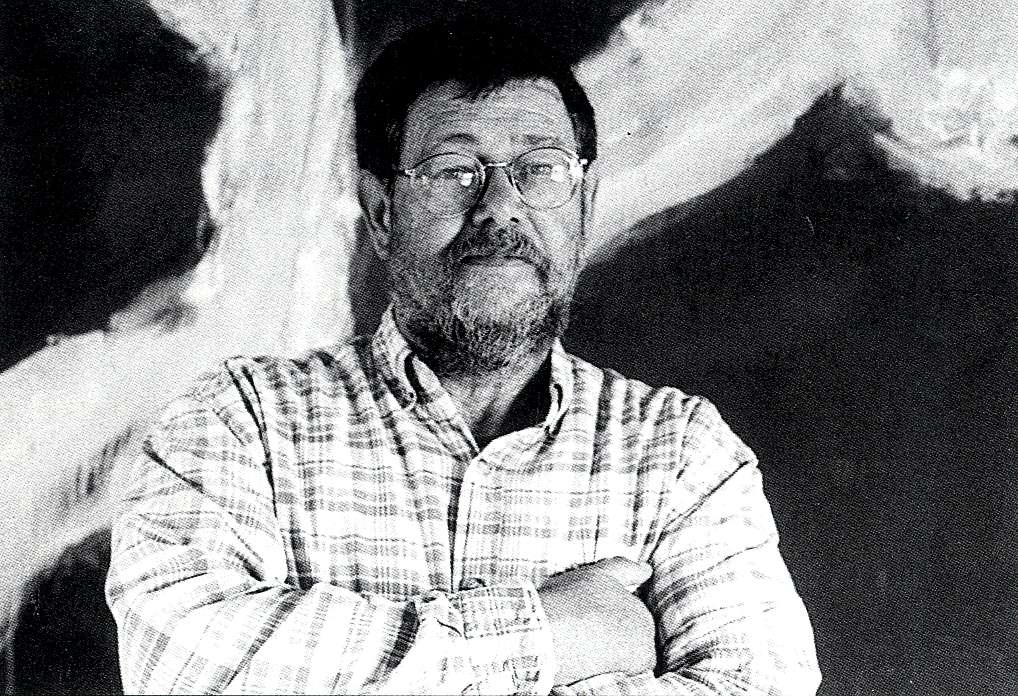Gandon Editions
Profile °10 – BARRIE COOKE
Profile °10 – BARRIE COOKE
Couldn't load pickup availability
Share
essays by Aidan Dunne, Séamus Heaney; interview by Niall MacMonagle
ISBN 978 0946846 177 48 pages (paperback) 22.5x22.5cm 29 illus
Passion, precision, detachment and instinctiveness combined to produce this most singular and dedicated artist. This is how Seamus Heaney describes his long-time friend, the painter (and angler) Barrie Cooke, in the introduction to this book. In his essay, Aidan Dunne writes of the wonderfully saturated environments in Cooke’s paintings, an artist uninhibited by concerns of place and identity. He notes the wide variety of influences apparent in the paintings, such as mystical philosophical traditions, mythology, fish, even pollution. Cooke, himself, talks about the directions his work has taken, the techniques he employs and his love of colour, and how art can make a significant difference to society and the world.
EXTRACTS
"When I got to know Barrie Cooke in the late sixties and early seventies, he was living in a big cold house on the River Nore in Thomastown. Or perhaps better to say in the River Nore, since the place was called The Island, and in every corridor and passage I remember feeling that vivid chill that is always there just above the surface of flowing water. In fact, on my first evening in The Island, the first thing I saw was a large pike lying in the dark of the paved hallway, as if it were just waiting for a sudden freshet to rise out of the yard and return to its muddy element. You get the same feeling from a lot of Barrie Cooke’s paintings, a sensation of being under the water-roof, of having a fish-eye view of greenery and weeds and roots. The awareness that he is a master angler probably inclines us to think in this way about his colours. In fact, I sense the same deep connection between the angler and the artist in Barrie Cooke as I do in his friend and fellow pike-fisher, the poet Ted Hughes. For both men, the rod tip is like a straw in the cosmic wind, although in the case of the painter, the tip of the loaded brush is even more exploratory and receptive."
— from the introduction by Séamus Heaney
"The painting places you directly in the dripping, shadowy undergrowth of a lush woodland. It is impossible to quite get your bearings. Light splashes across the foliage and tree limbs from the canopy above. Water glitters through the tangle of vegetation. You can sense the mixture of growth and decay, feel the pulse of life beating both slow and fast. Much of the oil paint that conveys all this is thinned so much that it is almost as translucent as watercolour. It runs freely in sheets and rivulets down the canvas before drying. Deep greens, blues and dark, peaty browns bleed wetly into each other. It is hardly incidental that Barrie Cooke’s painting technique finds ready counterparts in both his choice of subject matter and his chosen home. English by birth, he has been based in Ireland since 1955, and, apart from the fishing and the sparsely populated countryside, the sheer undeniable wetness of the country is part – if occasionally an exasperating or dispiriting part – of its appeal. For whatever reason, saturated environments figure equally in his life and his work."
— from the essay by Aidan Dunne
"Vincent Ferguson once said to me, ‘I can’t cope with those pollution paintings because I find them too beautiful.’ Sewage fungus is extraordinarily beautiful and it’s appalling. The first time I saw it in the River Nore I was just revolted. The stuff was repulsive, but if you looked closely, this evanescent, milky, fibrous, floating cotton-wool thing had an extraordinary beauty. And if you’re going to be truly honest and paint what you see – even when it’s sewage – you have to accept that some of it is beautiful. The algal growth on Lough Arrow is this brilliant green, tiny specks of malachite green which is greatly beautiful, but it’s also awful."
— Barrie Cooke in conversation with Niall McMonagle
|
CONTENTS Total Absorption introduction by Séamus Heaney 4-7 Reading the Water essay by Aidan Dunne 8-13 Actual Vitality interview by Niall McMonagle 14-16, 41-43 COLOUR PLATES 17-40 Artist’s biography |
|
Twenty-four of his paintings finely reproduced in a faultless, pristine example of the series. — Books Ireland Cooke’s significance within Irish art hardly needs to be addressed, but it is through actual contact with his pantings that you become reacquainted with the reasosn why he is so celebrated. — Mark Ewart, Circa |
